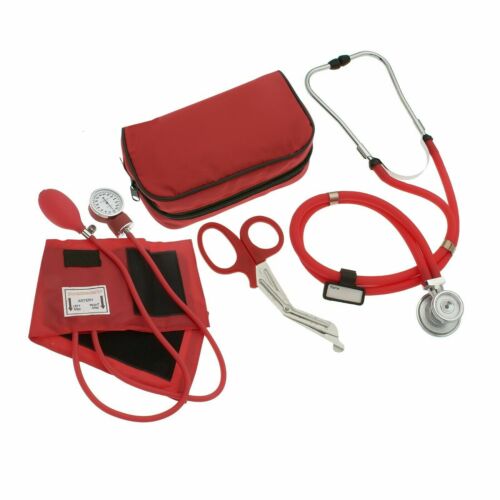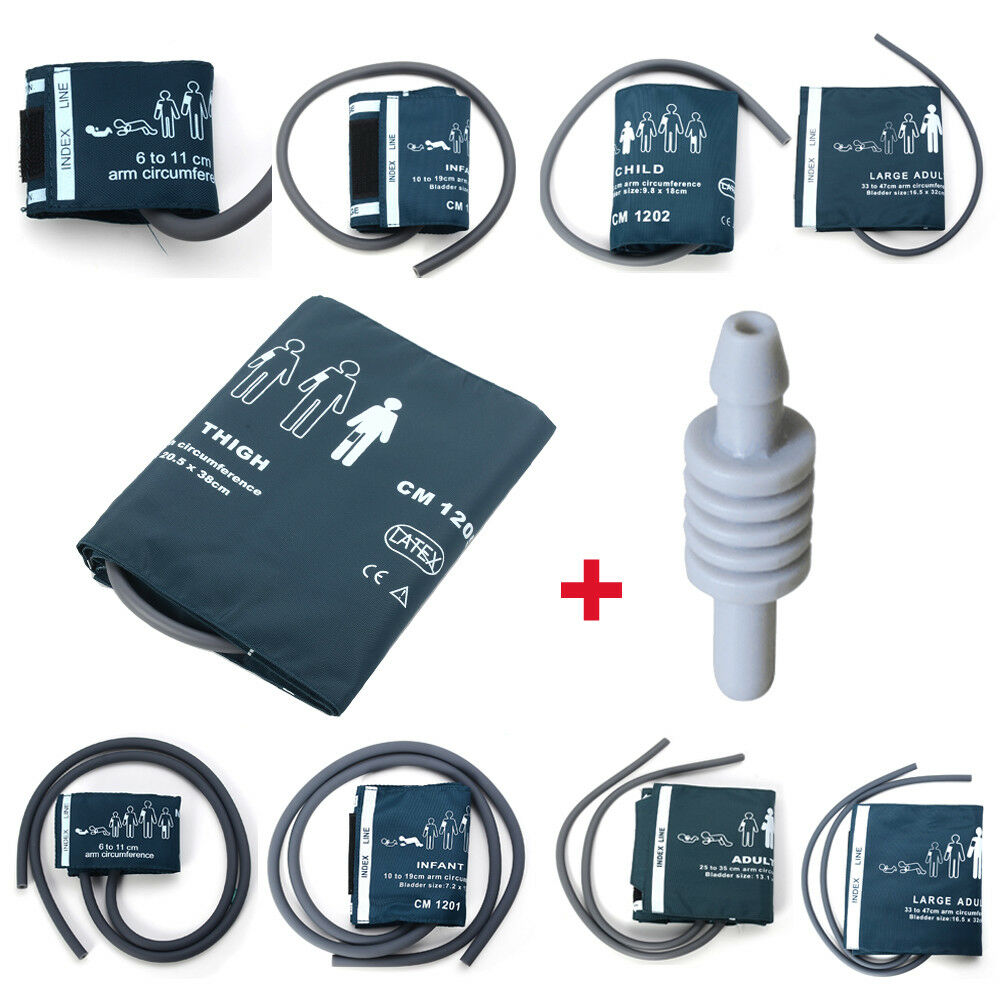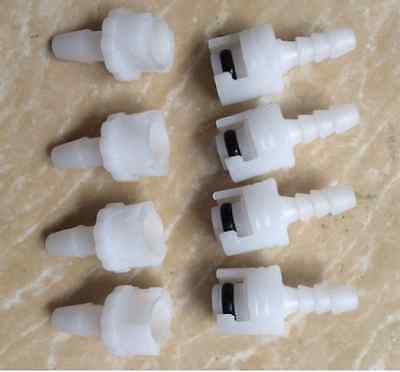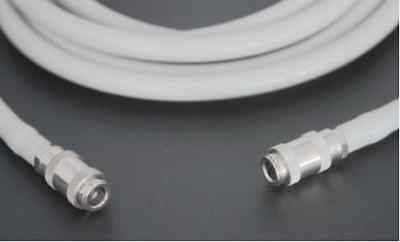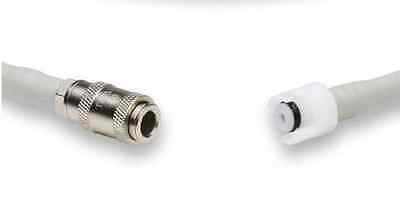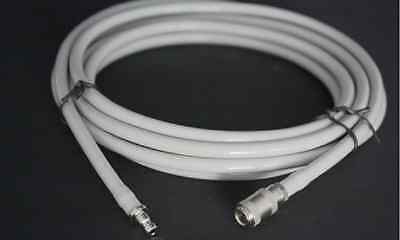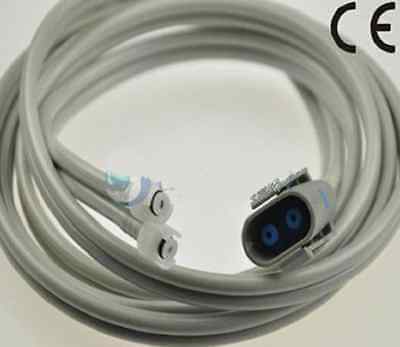-40%
SHIPS FROM US One Step Underactive Thyroid TSH Blood Test - For Hypothyroidism
$ 11.61
- Description
- Size Guide
Description
SHIPS FROM US 2-3 DAY DELIVERY VIA PRIORITY MAILOne Step Underactive Thyroid TSH Blood Test - For Hypothyroidism Expires 01/2023
What is the thyroid?
The thyroid is a small butterfly shaped gland where hormones are produced and released into the bloodstream. The major hormones the gland makes are called T4 or thyroxine and T3 or triiodothyronine. The production of these hormones are stimulated by another hormone called thyroid stimulating hormone (TSH).
The thyroid hormones are very important as they control the rate at which the body uses and stores energy from the food we eat (the metabolic rate).
The thyroid can be found in the front of your neck just below the Adam's apple.
What causes thyroid problems?
Thyroid problems can result from either of the following causes:
Overactive thyroid
If the thyroid is overactive it produces too much T3 and T4, this condition is known as hyperthyroidism or thyrotoxicosis.
Underactive thyroid
If the thyroid is underactive it doesn't produce enough T3 or T4, this condition is known as hypothyroidism ('hypo' means under). An underactive thyroid is the most common thyroid problem and is more common in women and people over the age of 60, though the condition can be present at birth.
What causes hypothyroidism (underacive thyroid)?
In babies it is not known what causes hypothyroidism. In older children and adults, the most common cause of hypothyroidism is due to the autoimmune disease, called Hashimoto's disease, which tends to run in families. An autoimmune disease occurs when the immune system, which normally produces antibodies to attack foreign substances (like viruses and other bugs), starts producing antibodies which attack part(s) of the body. In people with hypothyroidism the immune system attacks the thyroid cells as if they were foreign substances.
Other possible causes may include complications from previous thyroid surgery, treatment for previous hyperthyroidism or certain medications, such as Lithium and Amiodarone.
Why should I take this Thyroid test?
This test looks for the level of TSH (Thyroid Stimulating Hormone) in capillary blood. A raised TSH level is an indication of an underactive thyroid (Hypothyroidism)
Iodine and the thyroid
The thyroid gland must have iodine to make the thyroid hormones. Iodine comes into the body in food we eat and travels through the blood to the thyroid. Iodine is a mineral that is found naturally in foods like seafood and milk. Iodine can also be found in some mineral supplements that contain or are made from kelp (a kind of seaweed), cough syrups and some medications (Amiodarone).
A diet which is high in iodine can sometimes cause hyperthyroidism and if you have a problem with your thyroid, such as Graves' disease then excess iodine can make the condition worse.
A lack of iodine in your diet can trigger hypothyroidism. This is rare in the western world as iodine is added to table salt, but in less developed countries iodine deficiency is the most common cause of hypothyroidism. To the other extreme, high intakes of iodine can occasionally prevent the thyroid gland from working properly.
The thyroid and pregnancy
During pregnancy your immune system is suppressed as a protection for the baby but after delivery there is a rise in immune activity and this can trigger a thyroid disease to develop or make a thyroid disease worse. If you or a close relative has ever had an over or under active thyroid you should tell your doctor when you find out you are pregnant, so that your thyroid levels can be checked during and after pregnancy.
Hyperthyroidism or hypothyroidism is most common in the first 2-3 months after pregnancy. However, it will often go undetected with the normal body changes and confusion that occurs after child birth. If pregnancy has triggered a thyroid disease it is usually temporary and may last 3-6 months before a full recovery is made.
The good news is most babies will be born with completely normal thyroid function even if you developed thyroid problems during pregnancy.
What are the symptoms of hypothyroidism?
In hypothyroidism the thyroid is underactive and so the rate of metabolism slows down. As hypothyroidism usually develops slowly you may have no symptoms until the condition is well advanced. The symptoms you may have might be blamed on old age and can vary in severity but as your metabolism continues to slow, the symptoms should become more obvious. The symptoms may include any of the following:
Feeling tired and lacking energy
A tendency to feel the cold more than healthy people
Heart may beat slower
Weight gain and difficulty in losing it
Irregular or heavy periods
A hoarse, croaky voice
Forgetfulness
Depression
Later symptoms may include constipation, dry, pale skin and dry hair, which may be brittle and break easier.
What is the treatment for hypothyroidism?
If you have been diagnosed with hypothyroidism you will need to take thyroxine tablets, a thyroid hormone supplement, which simply replaces the thyroid hormone T4 which is not being made. Occasionally you may be given T3 replacement tablets as an alternative.
This treatment will need to be taken for life even though you should begin to feel better. Your doctor will want to monitor your condition with regular blood tests to check the thyroid hormone levels and how the treatment is working.
CONTENTS:
1x Test Cassette
1x Capillary Dropper,
1x buffer,
1x alcohol pad,
2x lancets
instructions for use.
How is this test carried out:
1. Wash your hands with soap and rinse with clear warm water.
2. Bring the pouch to room temperature before opening it. Open the foil pouch and get out the cassette.
3. Carefully pull off and dispose of the clear plastic cap of the lancet. The lancet is a single use lancet so make sure you do not fire the lancet prematurely.
4. Use the provided alcohol pad to clean the fingertip of the middle or ring finger as the puncture site.
5. Press the lancet (on the side from where the cap was removed) firmly against the fingertip (the side of the ring or middle finger is advised). The tip retracts automatically and safely after use.
6. Keeping the hand down, massage the finger that was pricked to obtain a blood drop.
7. Without squeezing the capillary dropper bulb, gently put it in contact with the edge of the blood drop. The blood should automatically be drawn up the dropper by capillary action. You should fill the dropper up to the black line.
You may continue to massage your finger to obtain more blood if the line is not reached. As far as possible, try to avoid air bubbles.
8. Transfer the collected blood into the sample well (S) of the cassette, by squeezing the dropper bulb.
9. Wait for the blood to be totally dispensed in the well. Unscrew the cap of the buffer bottle and add 2 drops of buffer into the sample well of the cassette.
10. Wait for the coloured line(s) to appear. Read results at 10 minutes. Results obtained after this time may be inaccurate.
Please note that we often find that consumers are a little reticent when using the disposable lancet. If you check the following listing you will find we sell a lancing device with 10 comfort settings (used extensively by diabetics who have to take blood samples regularly) + 100 lancets that work out at under 7p each. Definitely worth looking at if you want to test regularly.
This is the Item number:-280762704737

